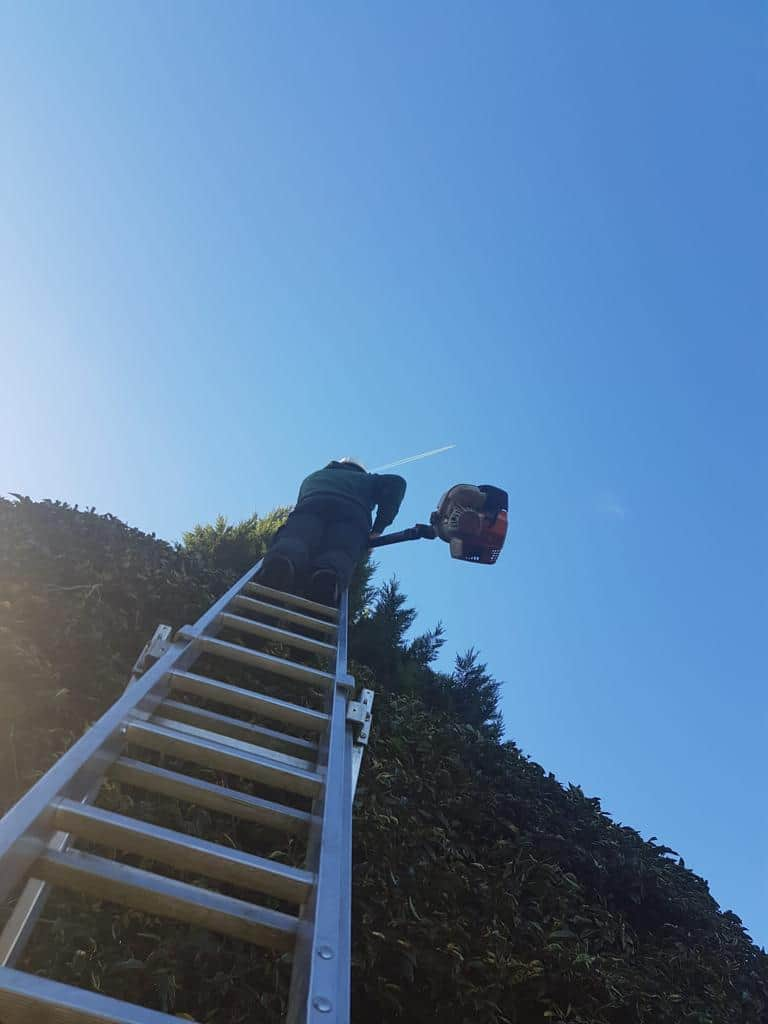When it comes to managing trees on your property, timing is everything. In some cases, delaying action — especially where felling is concerned — can lead to serious problems. At LM Tree Surgery Southsea, we’ve handled countless emergency and urgent tree felling jobs across Southsea and Hampshire, and we know the importance of acting decisively when the risks start to mount.
Let’s explore seven scenarios where tree felling should not be postponed. If you spot any of these signs on your property, it’s time to get a professional involved — quickly.
1. A Tree Is Leaning Dangerously
If a tree has developed a pronounced lean, especially after high winds or heavy rain, it may be unstable. Even if it hasn’t fallen yet, a sudden shift in balance can lead to collapse — especially if it’s close to a house, vehicle or pathway.
2. Extensive Decay or Hollowing
Visible signs of rot or hollow trunks are major red flags. While a tree might look fine from the outside, internal decay weakens its structural integrity and increases the risk of falling — often without much warning.
3. Storm Damage
Strong winds and storms are notorious for causing serious tree damage. Broken limbs, split trunks, and uprooted roots should all be treated as urgent matters. A compromised tree can fall at any time, especially during the next bout of bad weather.
4. Root System Failure
If you notice soil upheaval, exposed roots, or unusual movement at the base of the tree, the root system may be failing. Without proper anchoring, the tree becomes highly unstable and can topple even in mild conditions.
5. It’s Damaging Nearby Structures
Sometimes, tree roots or overhanging branches pose immediate threats to foundations, fences, driveways, or even neighbouring properties. If trimming isn’t enough, full removal may be necessary to prevent structural damage and legal issues.
6. Infestation or Disease Spread
Severe pest infestations or contagious diseases like ash dieback can spread rapidly to nearby healthy trees. Removing the infected tree quickly may be the best way to protect the rest of your landscape.
7. It’s Blocking Access or Infrastructure
In some cases, a tree may be obstructing critical access, such as driveways, emergency paths, or utility lines. If pruning won’t solve the problem, felling may be the safest solution.
Quick Checklist: Signs It’s Time to Act
- Sudden lean or movement
- Large cracks or splits in the trunk
- Bark falling off or soft spots
- Fungal growth or decay at the base
- Dead or hanging limbs
- Trees close to homes, roads, or power lines
Conclusion
Not every tree needs to be felled — but when the signs point to danger, waiting can be a costly mistake. At LM Tree Surgery Southsea, we provide prompt, professional tree assessments and safe removal services tailored to each unique situation.
If you’re unsure whether your tree needs felling, don’t take the risk. Get in touch with our experienced team today. We’ll help you make a clear, informed decision — and keep your property safe in the process.
Call us on: 023 8235 3277
Click here to find out more about LM Tree Surgery Southsea
Click here to complete our contact form and see how we can help with your tree needs.

